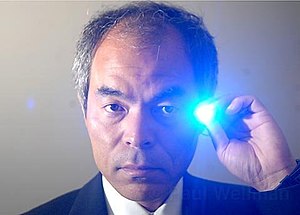Shuji Nakamura
#19576 Most Popular
0
1912
1960
1977
1989
1993
1994
1999
2001
2005
2008
2014
2015













